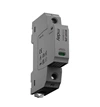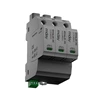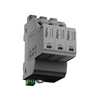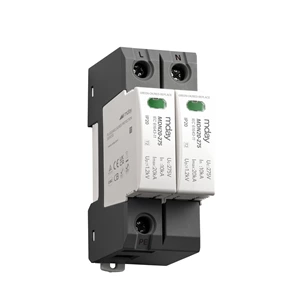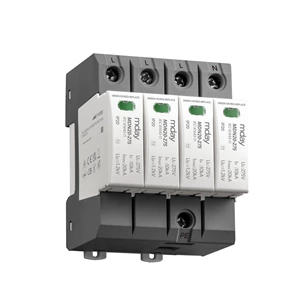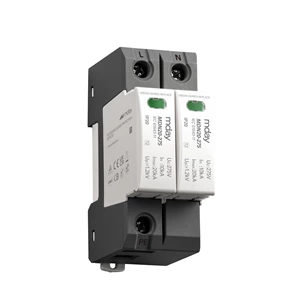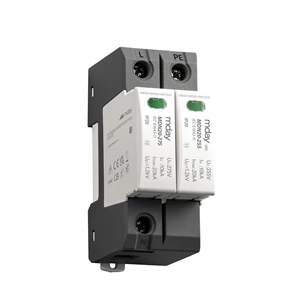Surge Protector Installation Guide
A typical surge protective device installation should follow these steps:
1) Determine the discharge current path.
2) Mark the conductors that cause additional voltage drop at the equipment terminals.
3) Mark the PE conductor of each device to avoid unnecessary inductive loops.
4) Establish equipotential bonding between the equipment and the HYC1.
5) Perform energy coordination for multiple HYC1s.
To limit inductive coupling between the protected portion of the surge protector installation and the unprotected portion of the equipment, certain measures must be taken. Mutual inductance can be reduced by separating the inductive source from the sacrificial circuit, selecting loop angles, and limiting the closed loop area.
When the current-carrying conductor of the surge protection device is part of a closed loop, the proximity of this conductor to the circuit reduces loops and induced voltages.
Generally speaking, it is best to separate the protected and unprotected conductors and, more importantly, the ground conductor. Furthermore, necessary measures should be taken to avoid transient cross-coupling between power cables and communication cables.


